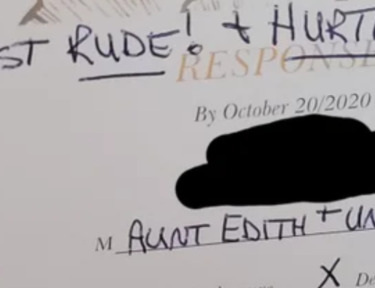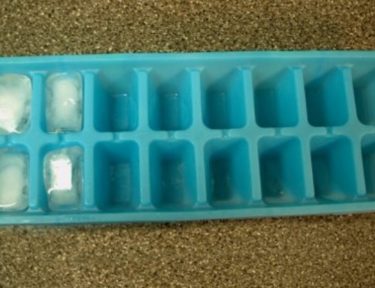Pediatric Health Experts Recommend That Children Not Sit in a “W”
As a baby grows and learns to roll over, sit and stand, the “back is best” technique isn’t necessarily as vital. While we still lay a baby or a small child on his or her back at bedtime, if he or she rolls over, it’s easy enough for the baby to roll right back.
We remember how excited we were when our babies first learned how to sit unassisted. Not only does this mean that they’re ready to eat at the table, but it also makes it easier for them to play while using both hands.
Many young children naturally sit in what’s called the “w position.” It’s easy to spot because when you’re looking at the child from the front, their legs form a “w.” Young children like this position because it makes it easier for them to keep their balance without using their hands.
If you have children older than the age of 2 who still like sitting in the “w” position, it’s important to help them break that habit. Why? According to the Pediatric Therapy Center (PTC),
W-sitting increases a child’s base of support which prevents a child from developing the proper core strength (strong tummy muscles) and balance to develop certain gross motor skills such as jumping and running…It inhibits core strength and prevents trunk rotation. It can also lead to tightness in the muscles of the legs, hips, and ankles as well as possible hip dislocation. In turn, this can cause children to walk with their toes turned in (“pigeon-toed”) also causing them to trip and lose their balance more frequently. This position can also hinder righting reactions, the body’s response to maintain the correct orientation of the head and body with respect to vertical. W-sitting can also cause children to have a difficult time sitting in a chair at a desk without using their hands for support. This prevents the child from being able to use both hands to play with a toy or perform age-appropriate hand writing tasks.
Yikes. That’s a lot of potential negative consequences from a comfortable sitting position!
The PTC recommends having your child sit “criss-cross applesauce” instead. If they find this position too difficult, you can have the child lean his or her back on something like a wall or chair for support.
Other safe positions are side-sitting, where knees are bent and both feet are to the same side, and long sitting, where the legs are straight out in front of the child.
Does your child sit in the “w” position? Do you know any children who sit this way? Does it surprise you that sitting in a “w” position can cause so many negative consequences?




